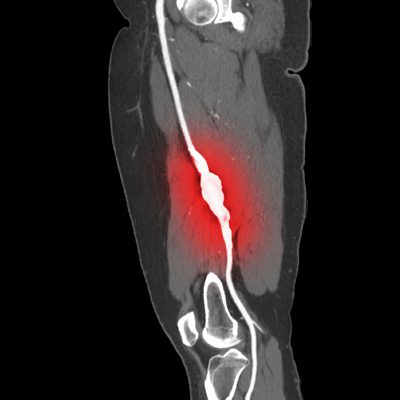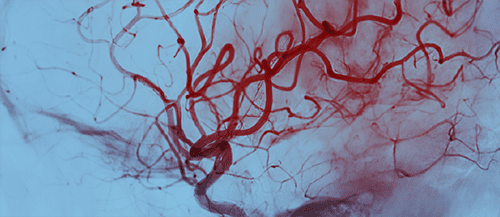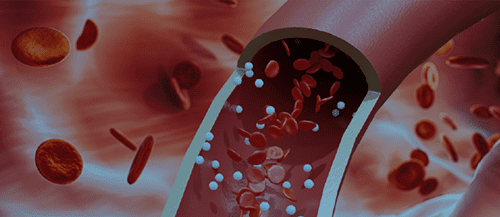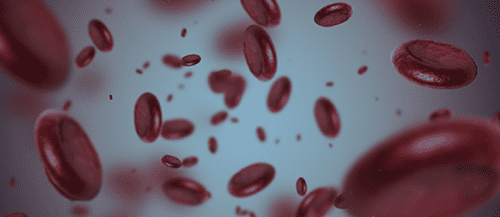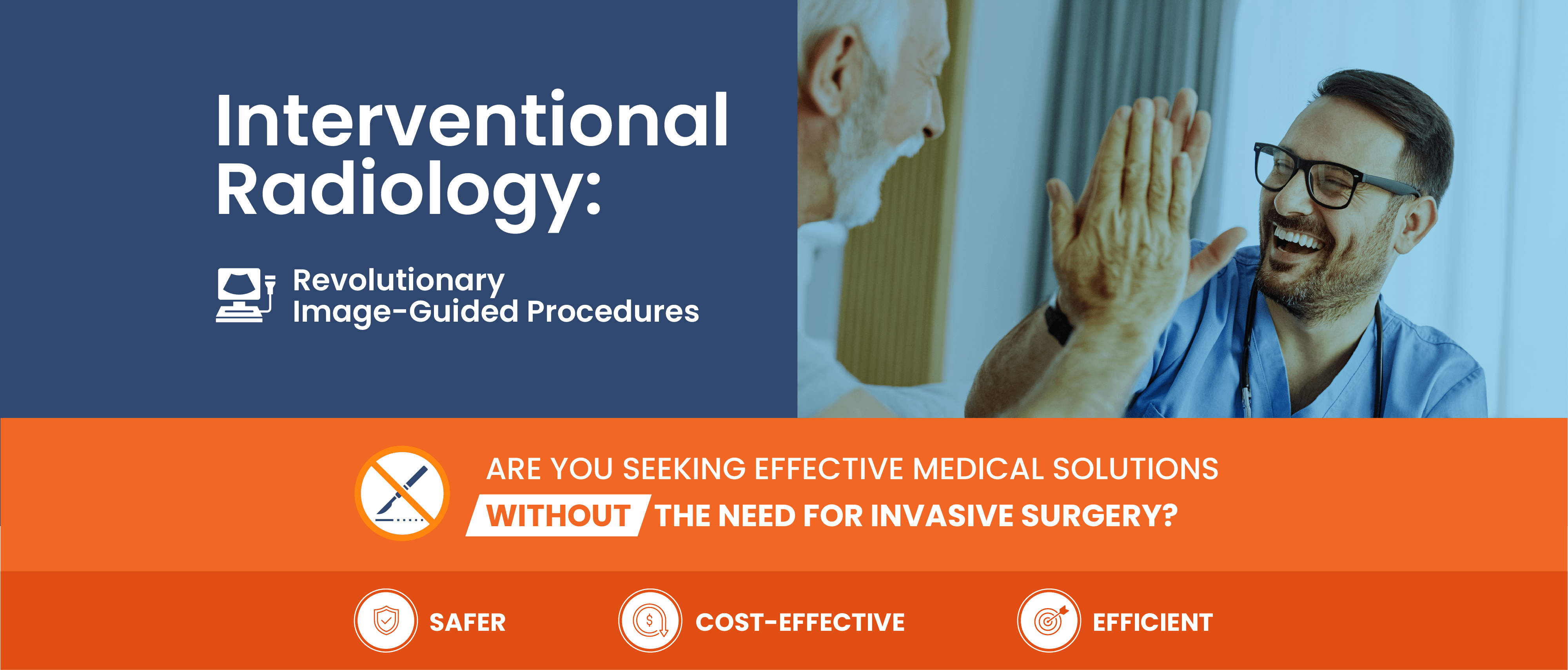
for life-changing alternatives to diagnosing and treating a wide range of conditions.
for health issues that once trequired major surgery, such as:
with this approach, because many conditions involve vascular access points in the body. The potential is vast. Additional
uses of interventional radiology and embolization include:
which means that more options for patients can be on the horizon.
- Minimally Invasive: No major incisions, reducing recovery time and minimizing risks associated with surgery.
- Preservation of Healthy Tissues: Targets specific areas, preserving surrounding healthy tissues. The magic of the treatment happens through very small incisions, so recovery is much faster.
- Outpatient Care: Often performed as an outpatient procedure, allowing patients to return home the same day. As an added benefit, doctors are able to spend more time with patients and provide more personalized care in an outpatient setting.
- Reduced Complications: Lower risk of complications compared to traditional and major surgeries.
Experience Life-Changing Solutions with Interventional Radiology
Embrace the future of medical care through interventional radiology and the transformative power of embolization. Take the first step towards non-surgical, effective treatments that prioritize your well-being. These procedures have transformed the way that we view and treat certain diseases. If you have been told that you are not a candidate for surgery, or if you prefer to avoid more invasive surgery, endovascular intervention offers treatment options with shorter recovery times and reduced complications.
Experience Life-Changing Solutions with Interventional Radiology
Embrace the future of medical care through interventional radiology and the transformative power of embolization. Take the first step towards non-surgical, effective treatments that prioritize your well-being. These procedures have transformed the way that we view and treat certain diseases. If you have been told that you are not a candidate for surgery, or if you prefer to avoid more invasive surgery, endovascular intervention offers treatment options with shorter recovery times and reduced complications.
Experience Life-Changing Solutions with Interventional Radiology
Embrace the future of medical care through interventional radiology and the transformative power of embolization. Take the first step towards non-surgical, effective treatments that prioritize your well-being. These procedures have transformed the way that we view and treat certain diseases. If you have been told that you are not a candidate for surgery, or if you prefer to avoid more invasive surgery, endovascular intervention offers treatment options with shorter recovery times and reduced complications.


Interventional radiology is a remarkable medical sub-specialty that utilizes minimally-invasive, image-guided procedures to diagnose and treat a wide range of conditions via the body’s vascular network.
offer the same versatility and precision found with interventional radiology.
Peripheral artery disease and vascular malformations can also be treated with embolization, which can stop arterial bleeding or re-direct blood flow.
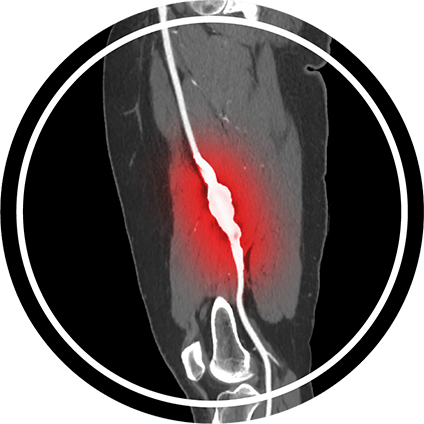

One of the most common areas affected by osteoarthritis is the knee joint. Embolization for knee pain is called Genicular Artery Embolization (GAE), and it involves reducing blood flow to the genicular arteries that supply blood to the knee joint. As a result, inflammation in the synovium (the lining of the knee) is prevented, and the nerve signals associated with pain are reduced. Embolization can also be used to treat frozen shoulder syndrome (also known as adhesive captulitis) and other types of degenerative joint disease. Patients may be a candidate if they have not had relief from conservative therapies or if they are not a candidate for joint replacement.
With the help of interventional radiology, some patients find relief with an outpatient procedure called kyphoplasty, which involves inflating small balloon inside the vertebra to create additional space for bone cement. This new stability often gives patients a return to a life free of back pain.





